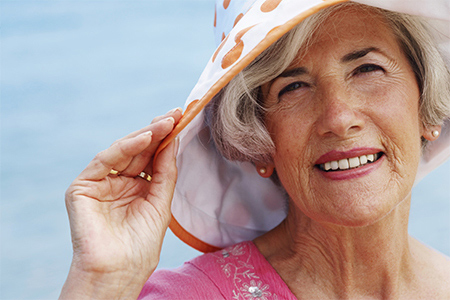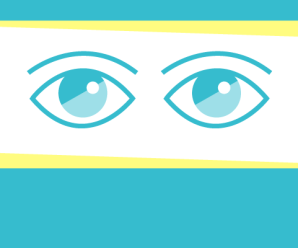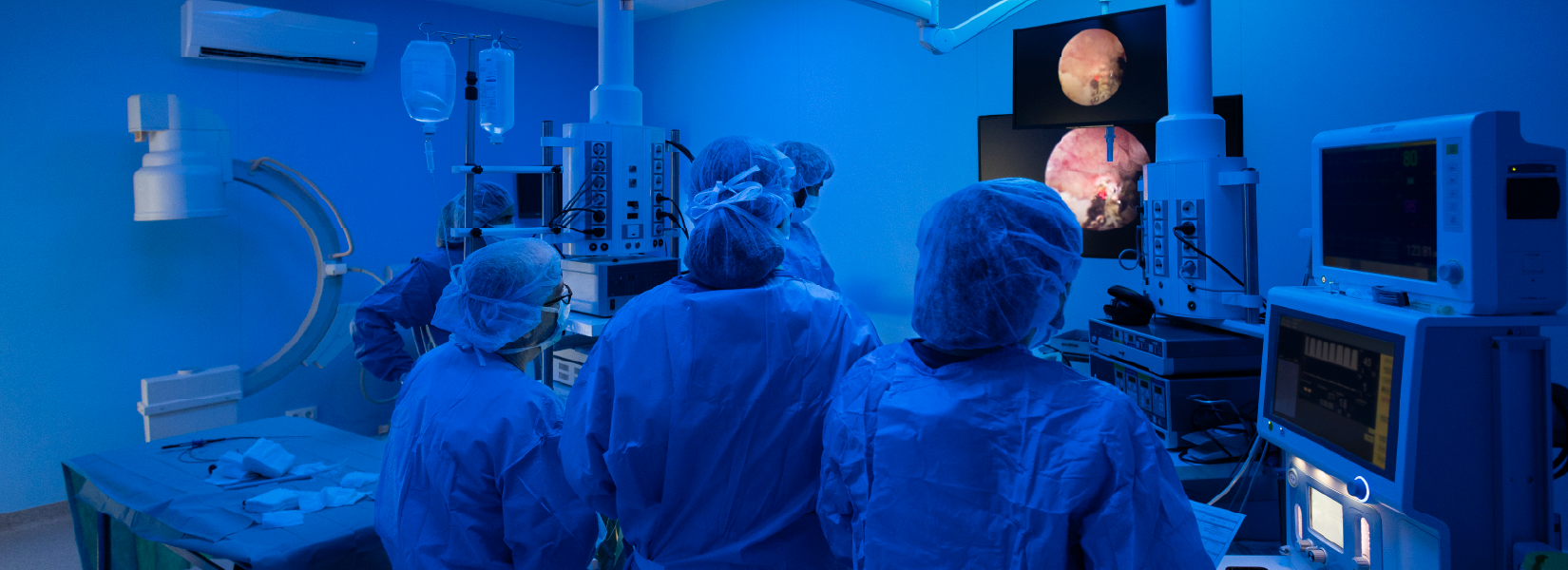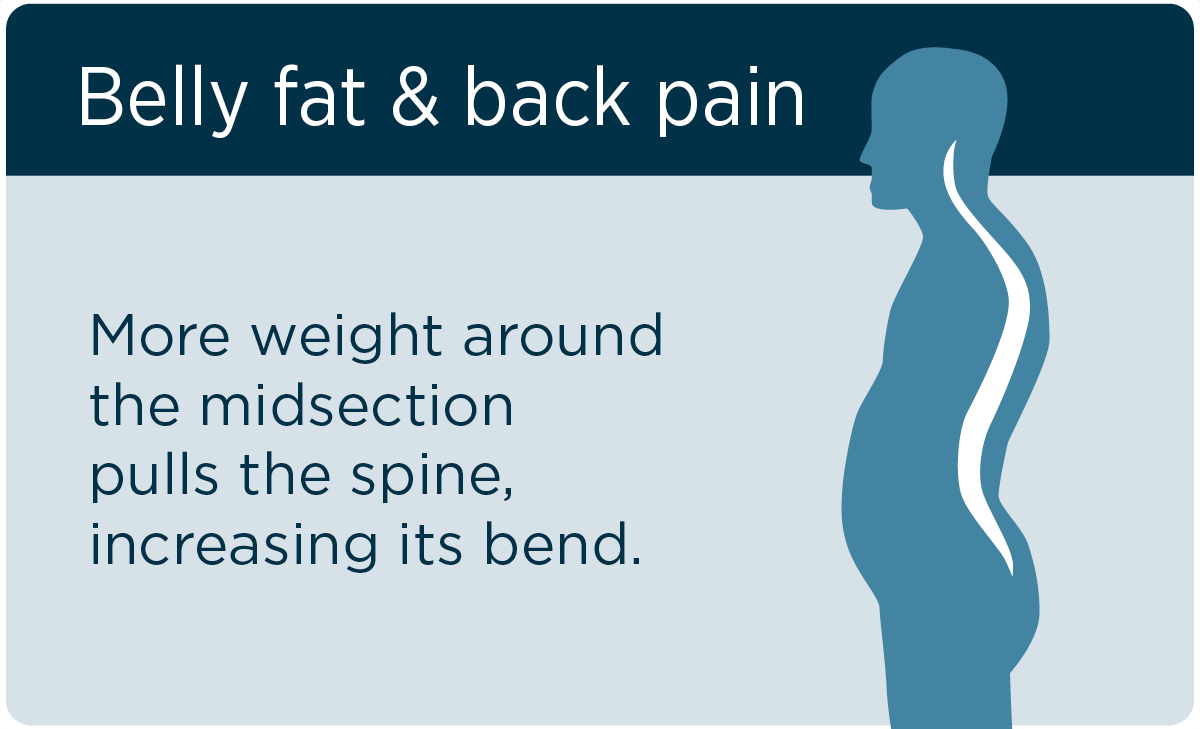 Skin problems like dry skin, itching and rashes are common during cancer treatment.
Skin problems like dry skin, itching and rashes are common during cancer treatment.
The good news is doctors often know which treatments cause skin problems and how to reduce symptoms, Marshfield Clinic dermatologist Dr. Diane Meyer said.
If you’re having skin problems, bring a list of your symptoms and pictures of the problems to your treatment team. Seeing how skin reactions change can help your doctor diagnose and treat the problem.
Care for dry, itchy skin during cancer treatment
Dry skin is the most common skin problem for patients receiving cancer treatment, Meyer said.
She recommends following simple skin care steps to fight dry skin before and during treatment.
- Drink plenty of water.
- Avoid long, hot showers or baths that dry out the skin. Use lukewarm water instead.
- Skip the loofah in the shower. Cleanse the skin gently with a soft wash cloth and pat dry.
- Switch to fragrance-free, moisturizing skin care products made for sensitive skin.
- Use a cream or ointment instead of lotion, and apply it within 15 minutes after showering and before you to go to bed. Look for a moisturizer with ammonium lactate in the ingredients if your skin is flaky.
Cancer treatments or cancer itself also can cause itchy skin.
Oral antihistamines like Benadryl or Zyrtec and creams with anti-itch ingredients like menthol, camphor and pramoxine can help stop the itching.
Ask your doctor about prescription anti-itch treatments if over-the-counter remedies don’t work.
Tackle tingling and pain with ice
Some patients undergoing cancer treatment experience pain, tingling, redness and blisters on their hands and feet.
Applying ice packs to the hands and feet before and during chemotherapy will help ease the discomfort of hand-foot syndrome, Meyer said.
In addition, prescription medicine can be used to treat peeling skin and pain.
Talk to your doctor about rashes
If you see a new rash, talk to your doctor about what it is and how to treat it.
Some cancer treatments cause a rash on the scalp, face, chest and back that looks like acne, but it shouldn’t be treated like acne, Meyer said.
“It may look like acne, but you don’t want to reach for the teen acne treatments like retinoid cream or benzoyl peroxide,” she said. “A dermatologist can prescribe topical or oral antibiotics, or topical steroids.”
Another type of chemotherapy can cause bumps to appear on the skin that may be skin cancer. Meyer said some bumps aren’t cancerous, but skin cancer that results from chemotherapy should be treated right away.
Practice sun safety
Chemotherapy and radiation can make your skin more sensitive to the sun.
Avoid sunburn by staying in the shade or wearing wide brim hats, long sleeves and pants. Use broad-spectrum sunscreen with SPF 30 or greater and reapply every two hours.
Cancer survivors should continue practicing sun safety, Meyer said. Many patients are sensitive to the sun after treatment, and skin cancer rates are higher in some survivors.
“You don’t want to beat one cancer and then get another,” she said.
Can I cover it up?
If visible skin problems make you feel self conscious, it’s okay to cover them with makeup, Meyer said.
She suggests trying one new product at a time to see if it causes skin sensitivity.
The Look Good Feel Better website offers beauty and skin care tips for people undergoing cancer treatment.






Leave a Reply